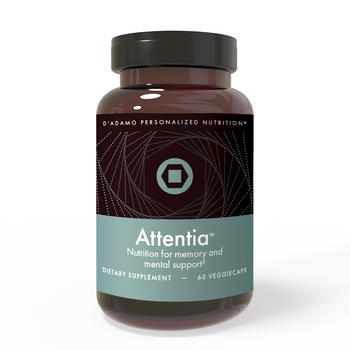Ask Dr. D'AdamoAsk Dr. D'Adamo Index | Latest Entry | Pull a Random Question |
Questions of A More Technical NatureSubgroups Of Type AQUESTION Please explain the differences between the A blood types (A1, A2..). I am A2 positive. Am I closer to O? Like where in geographical history did A2 appear and why? and is our diet exactly the same as the other A's. Thanks. ANSWER There are indeed more "subtypes" of group A than any of the other blood types, excepting of course AB, who can have variations of A (A1B, A2B) as well. There are probably over 20 recognized variants of type A. Interestingly, most are found in Africa and probably represent admixtures of the Semitic type A gene pool reacting to local parasites. These include A1, A2, Ax and A-Bantu, though about 95% of all type As are A1, which is the variant I wrote about in ER4YT as "agriculturalists". Of the minor forms of type A, only A2 is of any practical importance. From population studies it appears to have been an early mutation, or perhaps even the original type A. We know that A2 is found in an inordinately high percentage among the so-called "brown-eyed Laplanders." These are a fairly ancient people, who appear to have headed north to Scandinavia from the area around present-day Armenia, the point at which the A mutation had first originally developed in large numbers . Type A2 has most of the attributes of A1, but according to some paleoserologists (in particular the anthropologist Kelso and the physician-epidemiologist Mourant) may have represented an offshoot retaining some of the tolerance for fat largely lost by the more common A1. Perhaps this represented an adaptation to fish or game, since the area is not suitable for agriculture, though there is no reported differences between A1 and A2 in either intestinal enzyme or stomach acid secretion. There is however a distinct increase in the occurence of type A2 in certain forms of leukemia. There appear to be some differences with between the A1 and A2 subtypes with regard to succeptibility to certain fungal lectins. A2 is distinguished clinically by the use of a lectin from the plant Dolichos biflora which agglutinates type A1 but not type A2 cells. Practically, since A1 is transfusable into A2 and vice versa, they can for all practical purposes be considered equivalent, but you might see if you feel any benefit from increasing the amount of seafood in your diet, though I would still advise restricting foods which are listed as avoids for type A. |

|
The statements made on our websites have not been evaluated by the FDA (U.S. Food & Drug Administration).
Our products and services are not intended to diagnose, cure or prevent any disease. If a condition persists, please contact your physician.
Copyright © 2015-2023, Hoop-A-Joop, LLC, Inc. All Rights Reserved. Log In


